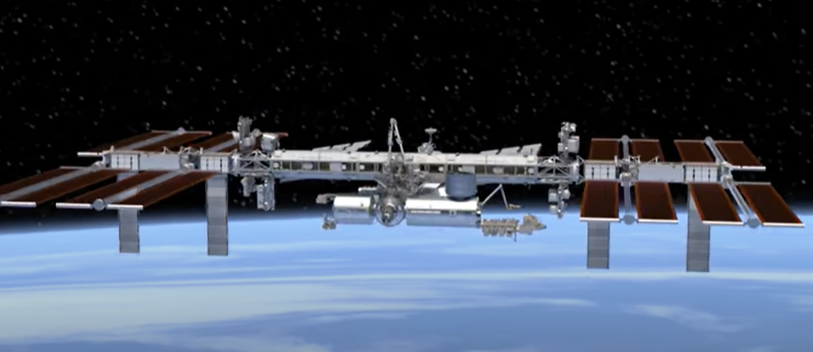
Changing batteries in space needs careful planning and training. After years of research and 14 spacewalks to replace the aging batteries that are part of the electrical system upgrade in the space station, it finally happened.
Replacing the old batteries in the International Space Station is vital in helping astronauts continue their research in space, which they have been doing in the International Space Station for 20 years.
NASA astronauts complete battery mission
The International Space Station orbits Earth around 17,500 miles per hour and it passes between sunlight and darkness every 45 minutes.
During the time that the space station is in sunlight, the solar arrays give power to the space station and it gathers power that will be stored in the batteries on the truss structure, according to Slash Gear.
As soon as the station crosses the terminator line, the batteries of the station provide stored power to be routed through the space station. This then powers everything from the life support systems of the station down to the small machines that keep the station running.
Also Read: NASA Patented a Trajectory that Would Make Travel to the Moon Cheaper and Faster
Upgrades to the station is made to maximize the capability of the orbiting laboratory to support the research and technology development being done inside, according to PBS.
The station also serves as the base to help continue the development of a commercial economy. Also, the work being done by the space station is helping NASA prepare for the future especially now that they are planning to launch long-duration missions going to Mars and Moon.
Space station's batteries
The primary power system of the space station uses nickel-hydrogen batteries in the past. In 2009, the space station conducted a preliminary risk and feasibility study in order to evaluate the use of lithium-ion batteries to replace the power storage system of the space station.
In 2011, a new battery was approved. In 2014, the production started and in 2016 NASA began the process of replacing the old batteries with new lithium-ion batteries, according to US News.
After 13 different astronauts that went on 14 spacewalks and after four flights of the H-II Transfer Vehicle, the primary power system has finally been changed to lithium-ion batteries.
Boeing provided the new batteries. Boeing also worked with Aerojet Rocketdyne to get certain components. GS Yuasa Lithium Power was the one who provided the lithium-ion cells.
One lithium-ion battery and adapter plate can replace two nickel-hydrogen batteries. The adapter plates are manufactured by Atec, and it provides heat to the lithium-ion batteries while on the JAXA HTV Exposed Pallet until they were transferred to the space station's truss for installation.
The feature is no longer needed as soon as the batteries are installed, because each lithium-ion battery has two internal heaters per cell that gives thermal conditioning after activation.
As soon as it is installed, the adapter plates complete the electric circuit between the BCDUs or the Battery Charge and Discharge Units and the lithium-ion batteries. This allows the transmission of telemetry, commands and power.
Now that the batteries are upgraded, the focus of NASA is on solar array augmentation. Over the coming years, there will be six new solar arrays that will arrive at the space station aboard SpaceX cargo spacecraft.
Even though it is still working, solar arrays only last 15 years and it is quickly approaching the end of its lifespan.
Related Article: NASA New Mission: Visit '16 Psyche,' Most Expensive Asteroid in the Solar System
This article is owned by Tech Times
Written by Sieeka Khan
ⓒ 2025 TECHTIMES.com All rights reserved. Do not reproduce without permission.




